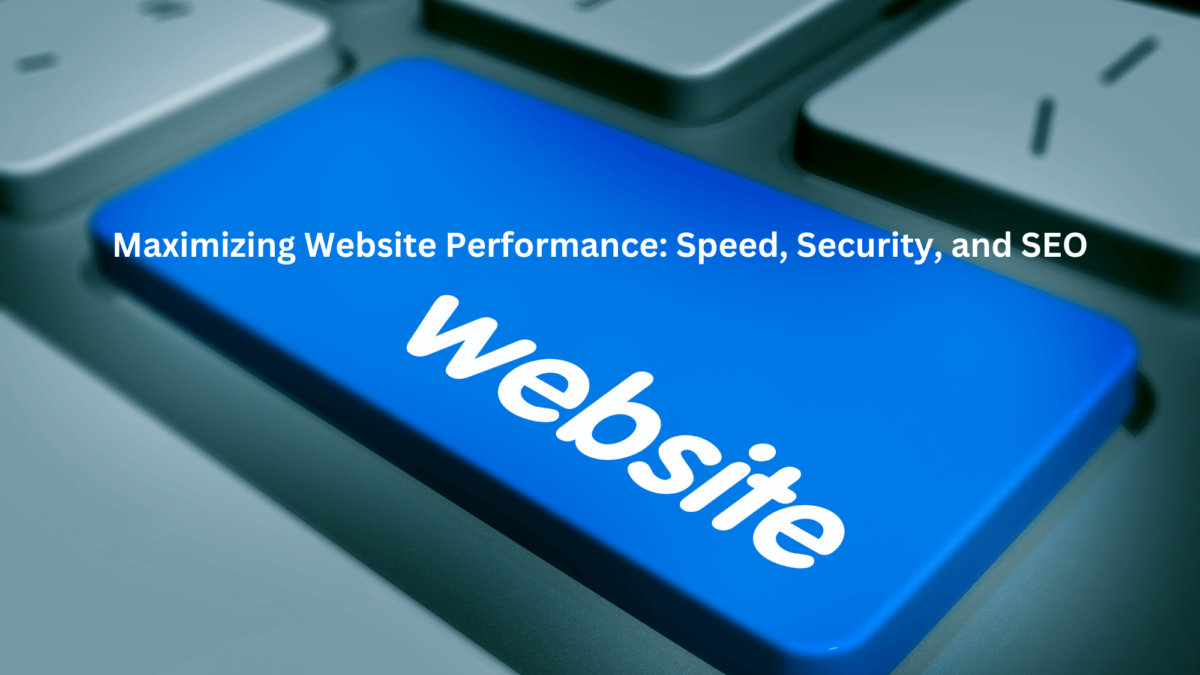In today’s digital landscape, a mobile app is not just a luxury—it’s a necessity for businesses aiming for long-term success. With over 6.3 billion smartphone users worldwide, your customers are always just a tap away. Leveraging this accessibility can transform how you engage with your audience, enhance customer loyalty, and significantly boost your revenue. Here’s how a mobile app can take your business to the next level:
- Instant & Direct Access to Customers
A mobile app gives you direct access to your customers anytime, anywhere. Unlike websites that require users to search for your brand online, your app stays front and center on their devices, always ready to engage. Through push notifications, you can send targeted offers, updates, or reminders, ensuring your business is always top-of-mind.
The result? Increased customer retention and higher conversion rates because you’re continuously engaging them on their terms.
- Personalized Experience for Better Engagement
When users open your app, they want an experience that speaks to their needs. With a mobile app, you can customize their experience based on preferences, purchase history, and behavior patterns. Personalized recommendations, tailored notifications, and targeted promotions keep users coming back.
This level of personalization builds stronger customer relationships and enhances brand loyalty—key drivers for business growth.
- Streamlined Shopping & Transactions
For e-commerce businesses, a mobile app offers an optimized shopping experience that website browsing can’t match. One-click purchases, saved payment information, and easy checkout reduce friction and make buying faster and more seamless.
App-only offers and exclusive discounts also encourage users to make purchases, while in-app purchases create additional revenue streams.
The result: Higher sales, better customer satisfaction, and increased ROI.
- Competitive Edge in a Crowded Market
In today’s saturated market, staying ahead of the competition requires more than just having a presence—it requires an innovative strategy. By offering an app, you demonstrate to your customers that you’re committed to convenience, accessibility, and innovation.
Your app can become a unique selling point, distinguishing you from competitors who are still relying on outdated methods like email newsletters or static websites. It’s a bold move that speaks volumes about your brand’s forward-thinking approach.
- Data-Driven Insights to Optimize Your Business
Mobile apps provide a wealth of data about your users—what they click on, when they purchase, how long they stay, and more. This information gives you real-time insights into customer behavior, allowing you to make data-driven decisions.
By tracking metrics like user engagement, retention rates, and conversion rates, you can identify trends, improve your offerings, and optimize marketing efforts to better serve your audience.
- 24/7 Availability for Non-Stop Growth
Unlike a physical store or even a website, your mobile app is available 24/7. This round-the-clock availability gives customers the ability to interact with your business at their convenience, whether they’re shopping, seeking support, or checking out new features.
Global accessibility is one of the greatest advantages—no matter where your customers are, your app is right there with them.
The Bottom Line
Mobile apps offer unmatched engagement, customer convenience, and business growth potential. Whether you’re offering e-commerce, services, or content, a mobile app can create a deeper connection with your audience, provide insights for continuous improvement, and give you a competitive edge.
Ready to unlock your business’s full potential? It’s time to harness the power of a mobile app and watch your business thrive.




